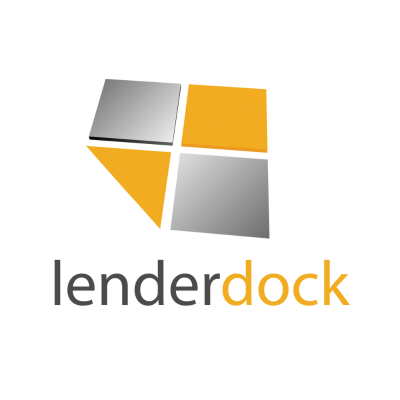Unlocking five insurtech revenue streams in the digital nomad market
Think again if you believed that the digital nomad was just a passing fad that would soon fade away. 69% of digital nomads said they intended to maintain their way of life for at least the next two to three years in 2022. This is an increase from 54% in 2021 and 49% in 2020, and the rate is just going up.
Employers understand. With ongoing shortages of competent people, work-from-anywhere employment policies are gradually becoming a mainstream strategy. Companies in talent-shortage hot regions are rated highest in the world when it comes to remote and flexible working arrangements, according to a new analysis based on 50,000 global remote job offers.
To realize this new reality, the legacy insurance market still has some catching up to do; most still price mid-term policies as though digital nomads are high-risk drifters. The truth is that these shifting trends have given rise to a brand-new, multi-billion-dollar insurtech potential for the increasing number of digital platforms that are now available to meet the demands of this industry.
The emergence of digital nomad platforms
An estimated 35 million people work remotely as digital nomads, adding $787 billion to the global economy each year. With services in travel, employment, community, and education, the market for platforms serving this economy is huge and expanding quickly.
The effect of the digital nomad way of life on trends in home leasing alone is intriguing from this mix of possibilities. The acceptance of temporary and intermediate agreements is growing in society. A few of the services that are offered alongside Airbnb are those from Housinganywhere, Anyplace, Flatio, Nomad Stays, and Selina. Even platforms that will plan your entire vacation for you exist, such as NomadPass and BoundlessLife.
These platforms now have the option of providing insurance policies that are tailored to the requirements of the nomadic lifestyle in short-term rentals thanks to the quickness and ease of embedded APIs from insurtechs. In this area, five immediate opportunities have been identified:
Exploring five insurtech avenues tailored for the needs of digital nomads
1. Deposit-free rental insurance
Digital nomads who may only wish to stay for a few months or who are less likely to have the money to fulfill these high demands every time they relocate may be put off by the traditional three-month upfront deposit.
With a level of protection significantly greater than the conventional cash deposit or rent guarantee, rental insurance is a creative method to do away with deposits. It might also be simpler to maintain. Insurtechs can do this through a digital method that enables landlords to provide this option to applicants so they can rent out their houses more rapidly.
2. Coverage for your assets: Property insurance
Renting homes for months at a time is common for digital nomads, who typically stay in them for longer periods than regular visitors. Due to the trend of mid-term rentals, nomads may have greater duty and accountability for the upkeep and quality of the properties they occupy. Furthermore, they are probably storing more expensive personal items at the rental home.
Digital nomads require property insurance that is more suitable for their circumstances because typical tourist plans do not cover these situations. From the standpoint of a landlord, digital nomads can provide new dangers or obligations, such as the possibility of wear and tear from constant use or migration to the building and its belongings.
3. Safeguarding your earnings
The income of digital nomads can be unexpected and unstable because they frequently work as independent contractors or manage their own enterprises. This group may find great appeal in an insurance plan that offers a safety net in the event of contract or income loss.
This product could provide adjustable premiums like pay-as-you-go rates based on real earnings or project-based premiums related to certain contracts to accommodate variable income streams. These methods can make it possible for digital nomads to match their insurance costs with their income, making insurance more affordable and guaranteeing they are adequately covered both during successful and difficult times.
4. Securing remote work environments
This would include any occurrences like equipment theft or damage, cyberattacks, or data loss that could limit a digital nomad’s capacity to work remotely. Additionally, it can include paying for unforeseen expenses that might arise, such as quickly securing new employment.
It is advisable to provide covering for costs associated with moving to a new workspace, such as temporary co-working space rents, internet access options, or travel costs. Insurance plans can give digital nomads peace of mind and financial security in the event of unanticipated setbacks by providing thorough coverage for both the logistical and physical components of remote employment.
5. Insurance for cancellations
A host who provides insurance to cover cancellations or short trips is preferred by many guests. The benefits accrue to both parties: guests gain the certainty that they won’t be charged if their plans change, while hosts get to see some cash if their guests change their minds.
Platforms may provide visitors with cancellation and interruption insurance as an add-on service even if hosts do not include it in their offering. In my experience, nomads have a natural desire to move around and may try to extend or shorten their stays as necessary.
With their ability to leverage AI and data analytics, insurtechs may potentially have an inherent edge in any situation. In several businesses, affiliate partnership programs now make up a sizable portion of what is being offered as additional services. Additionally, embedded APIs have made it quick and easy. There is still room for growth in the mid-term insurance market for digital nomads, where specialized platforms may provide customers additional service advantages.











